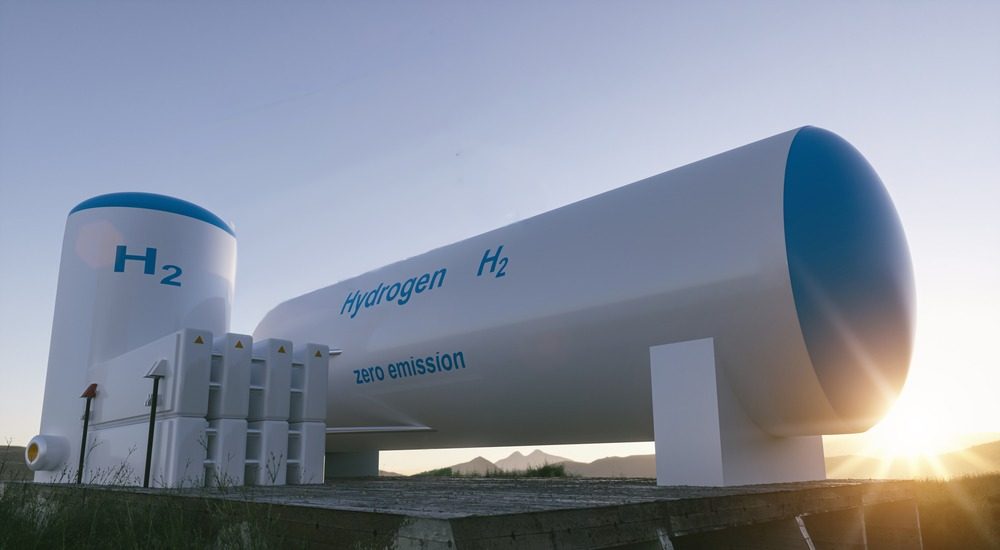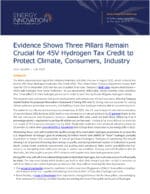Fierce debate continues around the Treasury Department’s proposed rules for the 45V hydrogen production tax credit. Energy Innovation analysis shows what getting it wrong means for the climate and consumers. Setting weak rules could:
- Set back U.S. efforts to cut greenhouse gas emissions by 2 to 3 percentage points, equivalent to putting up to 48 million cars on the road for a year
- Raise wholesale electricity prices by 10 percent at a time when one-third of U.S. households had to forgo basic necessities to pay energy bills in 2023
- Qualify enough dirty electrolytic hydrogen production to surpass the U.S. Department of Energy’s goal of producing 10 million metric tons of “clean” hydrogen annually
- Make 45V a fossil fuel subsidy costing $150-300 per ton of net CO2 added to the atmosphere, with a fiscal impact on the order of $30 billion per year.
Getting these rules right by incorporating the three pillars of additionality, hourly-matching, and regionality is the only way to create a truly clean and sustainable domestic hydrogen industry. Building a hydrogen industry that would increase emissions and cost consumers is a solution in search of a problem.

